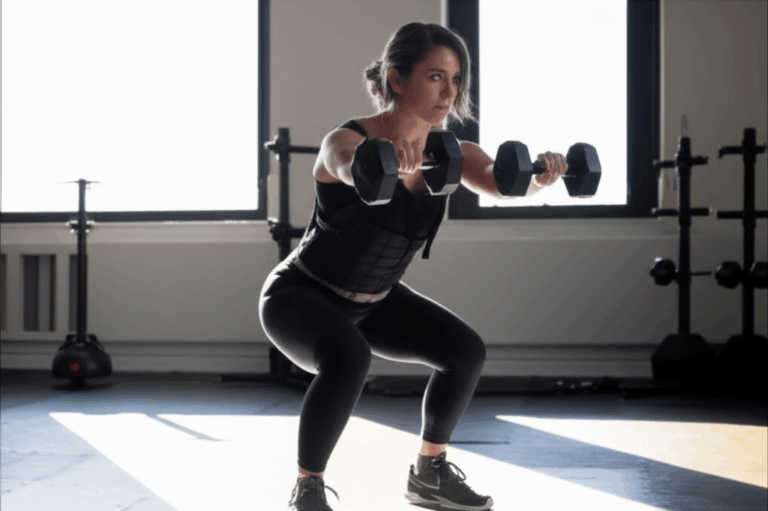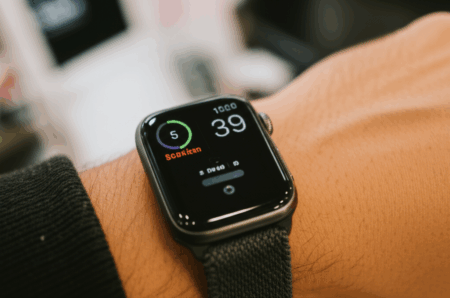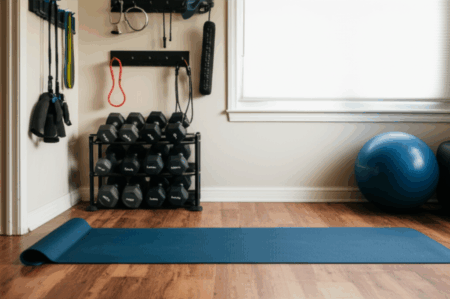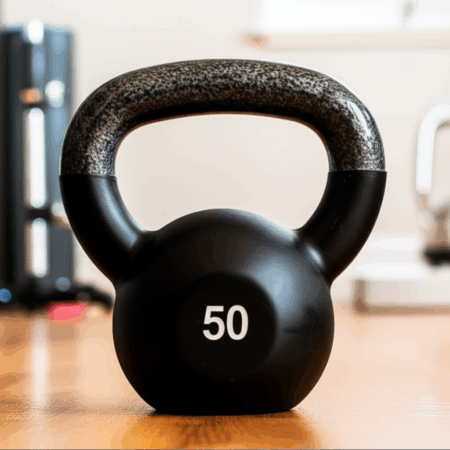Are you looking for an effective way to intensify your workouts, build strength, and burn more calories without drastically changing your routine? A weighted vest might be the game-changer you need. This versatile piece of equipment adds resistance to nearly any exercise, transforming ordinary movements into extraordinary challenges for your body. Whether you’re a seasoned athlete or just starting your fitness journey, a weighted vest can provide the progressive overload necessary to push past plateaus and achieve new levels of fitness.
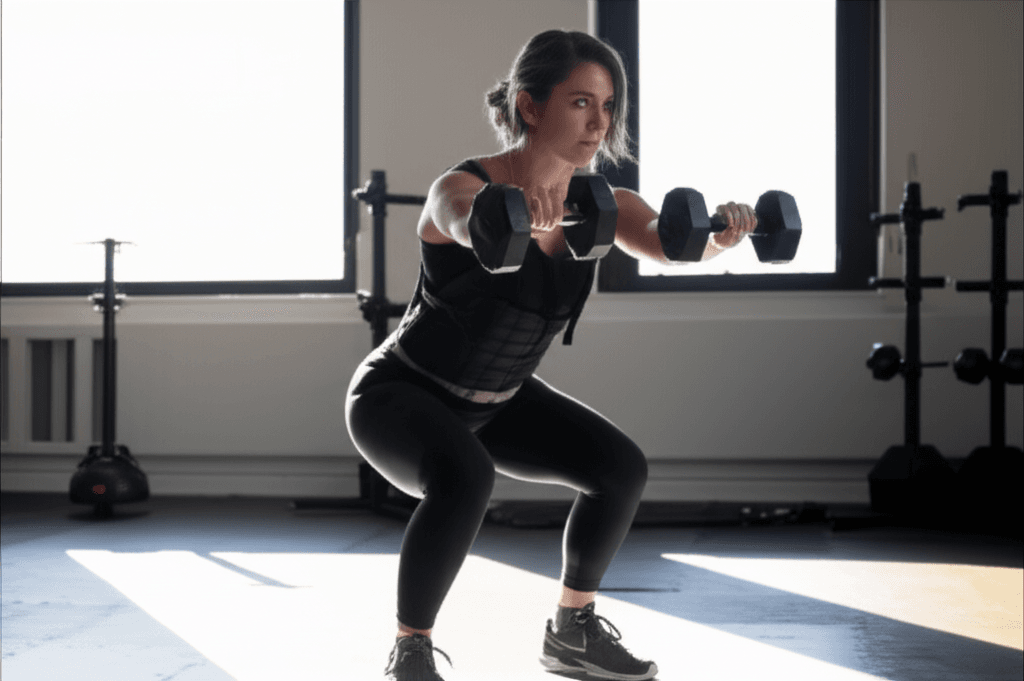
What is a Weighted Vest and Why Use One?
A weighted vest is a form-fitting garment designed with pockets or compartments to hold additional weight, typically ranging from 5 to 150 pounds. Unlike carrying weights in a backpack, a weighted vest distributes the resistance evenly around your torso, allowing for a more balanced and comfortable workout experience.
The benefits of incorporating a weighted vest into your routine are extensive:
- Enhanced Strength and Power: The added resistance forces your muscles to work harder during exercises like squats, push-ups, and pull-ups, leading to increased muscle activation and growth. This translates to significant gains in strength and power, even during explosive movements.
- Increased Calorie Burn: By making your body work against more weight, a vest significantly increases the energy expenditure of your workouts, helping you burn more calories. One study showed that people wearing a vest adding 10% of their body weight burned significantly more calories.
- Improved Cardiovascular Health: Wearing a weighted vest during aerobic activities such as walking, running, or hiking compels your heart and lungs to work harder, improving endurance and overall cardiovascular function.
- Boosted Bone Density: Weight-bearing exercises stimulate bone growth, and the added load from a weighted vest can further promote bone mineral density, reducing the risk of conditions like osteoporosis, especially in older adults and postmenopausal women.
- Better Posture and Core Strength: The extra weight on your torso forces your core muscles to engage more actively to maintain balance and stability, leading to a stronger, more defined core and improved posture over time.
- Time Efficiency: Get more out of your workouts in less time by increasing their intensity with a weighted vest.
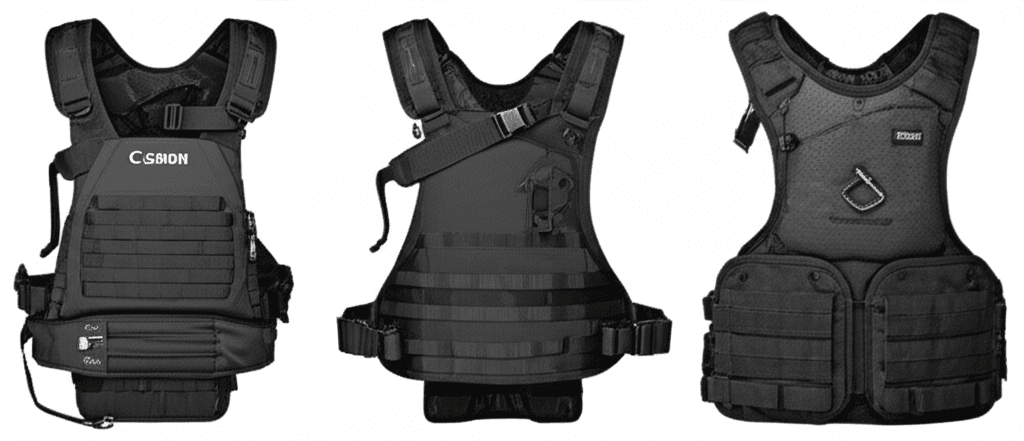
Types of Weighted Vests
Weighted vests come in several designs, each with its own advantages, making them suitable for different types of activities and preferences.
- Fixed Weight Vests: These vests come with a predetermined, non-adjustable weight sewn directly into the fabric. They are often slimmer and less bulky, making them ideal for cardio activities like running or walking where a consistent, lighter load is preferred.
- Adjustable Weight Vests: Featuring pockets or compartments, these vests allow you to add or remove weight increments (often in the form of small metal blocks, sandbags, or plates) to customize the load. This versatility makes them excellent for progressive training and a wide range of exercises. They can be bulkier but offer greater adaptability.
- Plate Carrier Vests (Tactical Vests): A popular type of adjustable vest, plate carriers typically use larger steel or cast-iron plates inserted into front and back pockets. These are favored for CrossFit workouts, rucking, and heavy training due to their durability and high weight capacity. They often have a rugged, tactical appearance.
- Block Weighted Vests: These vests use multiple smaller “bricks” or blocks of weight. They often sit higher on the body and move well with dynamic movements, making them suitable for calisthenics and bodyweight workouts.
- Holster/Harness Style Vests: These vests distribute weight across the shoulders and upper back, often with a buckle at the sternum. They are typically fixed-weight and made of neoprene, offering a streamlined design for walks or runs, but may lack the adjustability of other types.
- Full-Torso Vests: As the name suggests, these vests cover most of the torso and can come in both fixed and adjustable designs, often with Velcro straps for a snug fit.
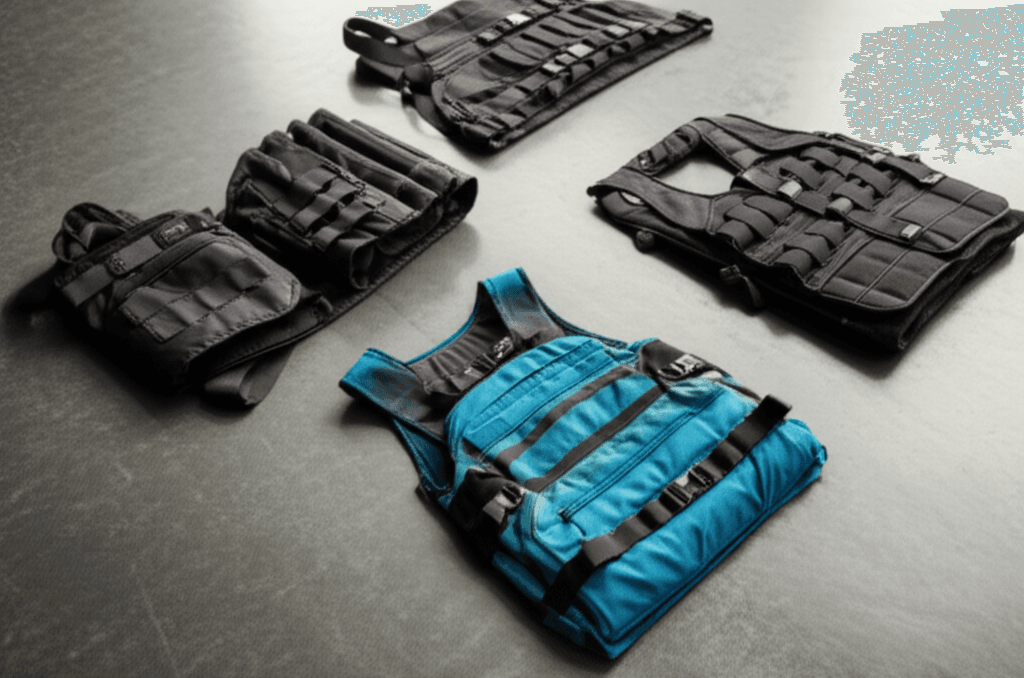
Factors to Consider When Choosing a Weighted Vest
Selecting the right weighted vest is crucial for comfort, effectiveness, and safety. Keep these factors in mind:
- Weight Range and Adjustability:
- Starting Weight: For beginners, experts recommend starting with a vest that is 5-10% of your body weight. You should be able to maintain proper form with the chosen weight.
- Adjustable vs. Fixed: If you plan to use the vest for various activities or want to progressively increase the load, an adjustable vest is ideal. Fixed-weight vests are simpler for consistent, low-impact activities.
- Fit and Comfort: The vest should fit snugly to prevent bouncing or shifting during movement, but it shouldn’t restrict breathing or arm mobility. Look for features like adjustable straps (shoulders, waist, sides), padding, and breathable materials to minimize chafing and discomfort.
- Material and Durability: High-quality, durable materials like Cordura, heavy-duty nylon, or synthetic fabrics are essential for longevity, especially with heavy use. Ensure the stitching is reinforced. Breathable and sweat-resistant fabric is also important for comfort.
- Weight Distribution: Even weight distribution around your torso is critical for balance, comfort, and safety. Vests with front-and-back loading or multiple micro-weight pockets help achieve this.
- Intended Use:
- Running/Walking: Opt for lighter, streamlined vests that fit snugly and don’t bounce.
- Strength Training/CrossFit/Rucking: Plate carriers or more robust adjustable vests are better suited for heavier loads and dynamic movements.
- Safety Features: Reflective strips are beneficial if you plan to walk or run in low-light conditions.
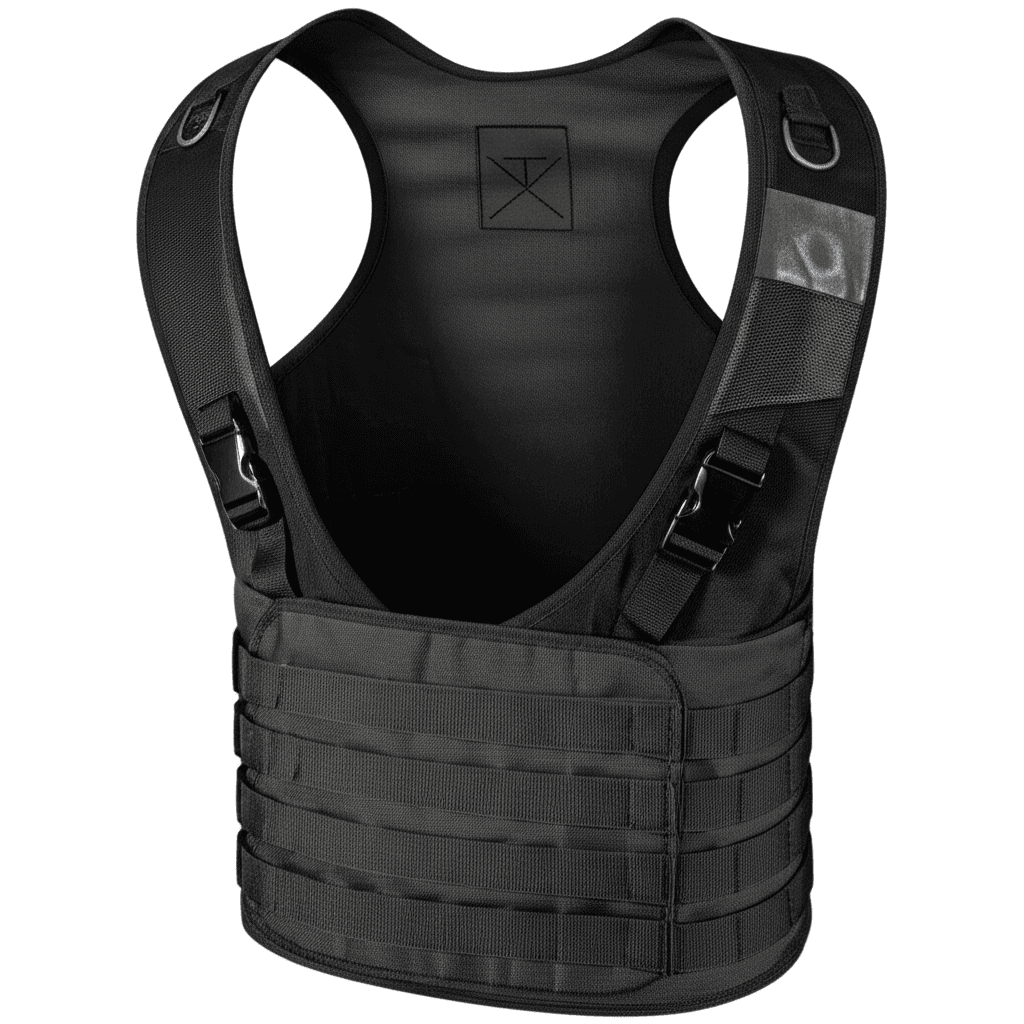
Top Picks: Best Weighted Vests for Various Workouts (2025)
Based on expert reviews and user experience, here are some of the top-rated weighted vests that cater to different needs and workout styles:
- Best Overall: Rogue Plate Carrier – Praised for its blend of performance, comfort, and value. It’s compact, comes in multiple sizes, and accommodates up to 40 lbs using steel plates. Its durable Cordura construction and easy loading make it a favorite.
- Best for CrossFit: 5.11 TacTec Plate Carrier – The official weighted vest of CrossFit, known for its durability and versatility for all types of workouts.
- Best for Running: Hyperwear Hyper Vest Elite (or Hyper Vest Fit for Women) – These vests are highly regarded for their slim design, comfort, and excellent fit, making them ideal for running, walking, and other cardio activities. The Hyper Vest Fit is specifically designed for women.
- Best Budget Option: Condor Sentry Plate Carrier or Tone Fitness Weighted Vest – The Condor Sentry offers impressive features for its price point, similar to higher-end plate carriers. The Tone Fitness vest is a streamlined, budget-friendly option suitable for walking and bodyweight exercises.
- Best Adjustable: CAP Barbell Adjustable Weighted Vest or TRX Duraballistic Weight Vest – The CAP Barbell vest is versatile with comfortable padded shoulders. The TRX Duraballistic vest is highly adjustable in 1-2 pound increments (depending on the total weight) and rugged, making it suitable for a wide range of workouts.
- Best for Rucking: GORUCK Plate Carrier 3.0 – A durable, back-loaded option made with high-quality 1000D Cordura, designed specifically for rucking.
- Most Comfortable: Omorpho G-Vest – This vest is designed with small steel ball bearings evenly spread out, offering a balanced feel without bulk, and is noted for its exceptional comfort and minimal restriction.
- Best for Heavy Training: Kensui EZ-VEST Plate-Loadable Weight Vest – Unique for using standard weight plates, this vest can accommodate up to 300 pounds, making it suitable for serious strength athletes.
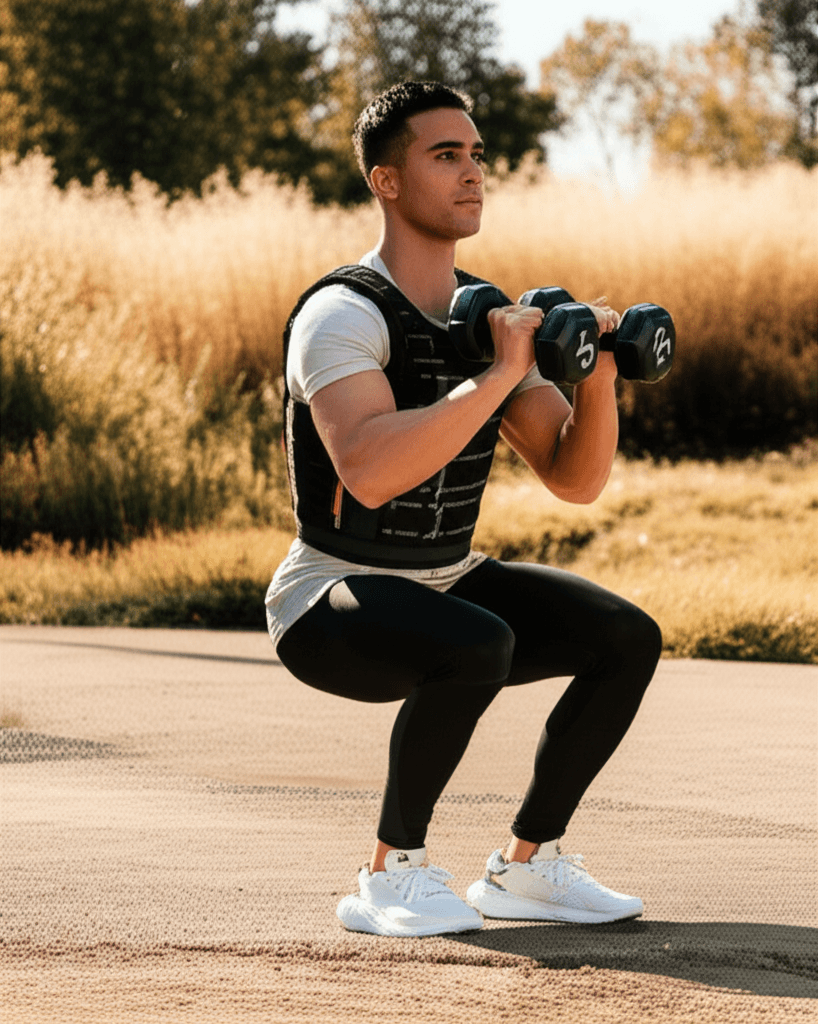
How to Incorporate a Weighted Vest into Your Routine
Integrating a weighted vest into your workouts should be a gradual process to avoid injury and allow your body to adapt.
- Start Light: Begin with a vest weighing 5-10% of your body weight. If the vest is adjustable, start with the lowest weight and gradually increase the load over weeks or months.
- Focus on Form: Prioritize maintaining proper form for all exercises. Practice movements without the vest first to ensure your technique is solid. The added weight can alter movement patterns, so mindfulness is key.
- Suitable Exercises: Weighted vests excel in bodyweight and functional movements.
- Cardio: Walking, hiking, stair climbing.
- Strength: Push-ups, pull-ups, squats, lunges, dips, planks, box jumps, and burpees.
- Everyday Activities: Even wearing a light vest during daily chores can increase calorie burn.
- Progress Gradually: As your strength and endurance improve, slowly increase the weight or the duration/intensity of your workouts.
- Listen to Your Body: Pay attention to any signs of discomfort, pain, or excessive fatigue. It’s crucial to stop and reassess if you experience these.
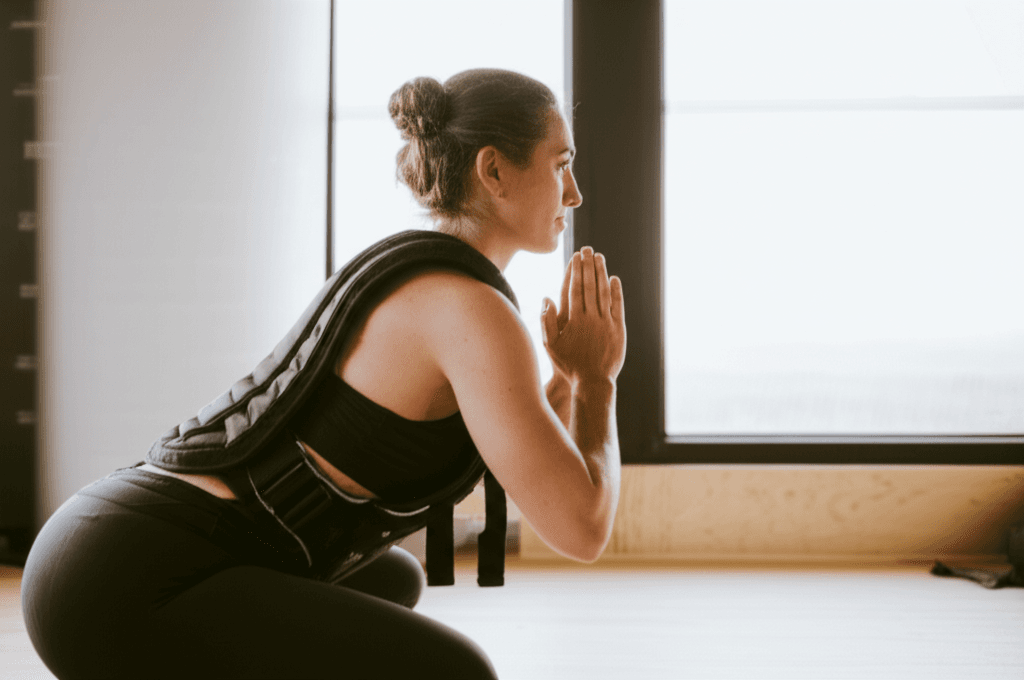
Safety Tips for Using a Weighted Vest
While beneficial, weighted vests carry risks if used improperly. Adhere to these safety guidelines:
- Do Not Overtrain: Avoid wearing the vest for consecutive days, especially when starting. Allow adequate rest and recovery time for your muscles to adapt.
- Avoid Excessive Weight: Using a vest that’s too heavy can lead to overtraining, poor form, and increased risk of muscle strains, joint pain (especially in the lower back, knees, and hips), or other injuries.
- Limit High-Impact Movements: High-impact exercises such as deep jumps, rapid changes in direction, or prolonged sprinting with heavy weights can place excessive strain on your joints. While some lighter vests are suitable for running, heavier vests are generally better for walking or strength training to minimize joint stress.
- Consult a Professional: If you have pre-existing conditions, particularly related to bones, joints, or your cardiovascular system, consult a doctor or physical therapist before incorporating a weighted vest.
- Specific Populations: Weighted vests are generally not recommended for children and adolescents whose bodies are still developing. Older adults and individuals with conditions like osteoporosis should exercise caution due to increased fall risk and potential for fracture.
By choosing the right vest and implementing it safely and progressively, you can significantly enhance your workouts, achieve new fitness goals, and enjoy the many benefits a weighted vest has to offer.




